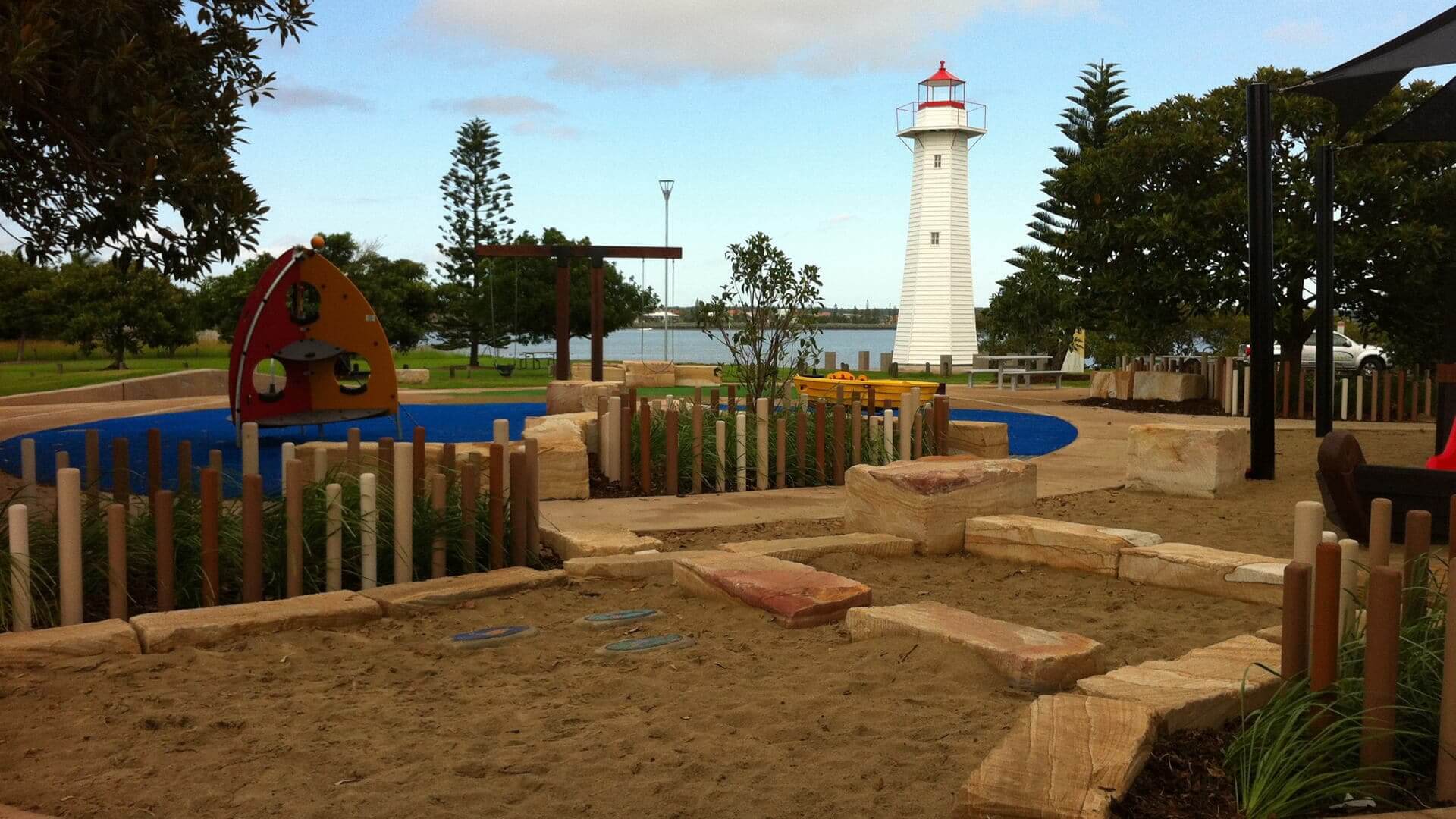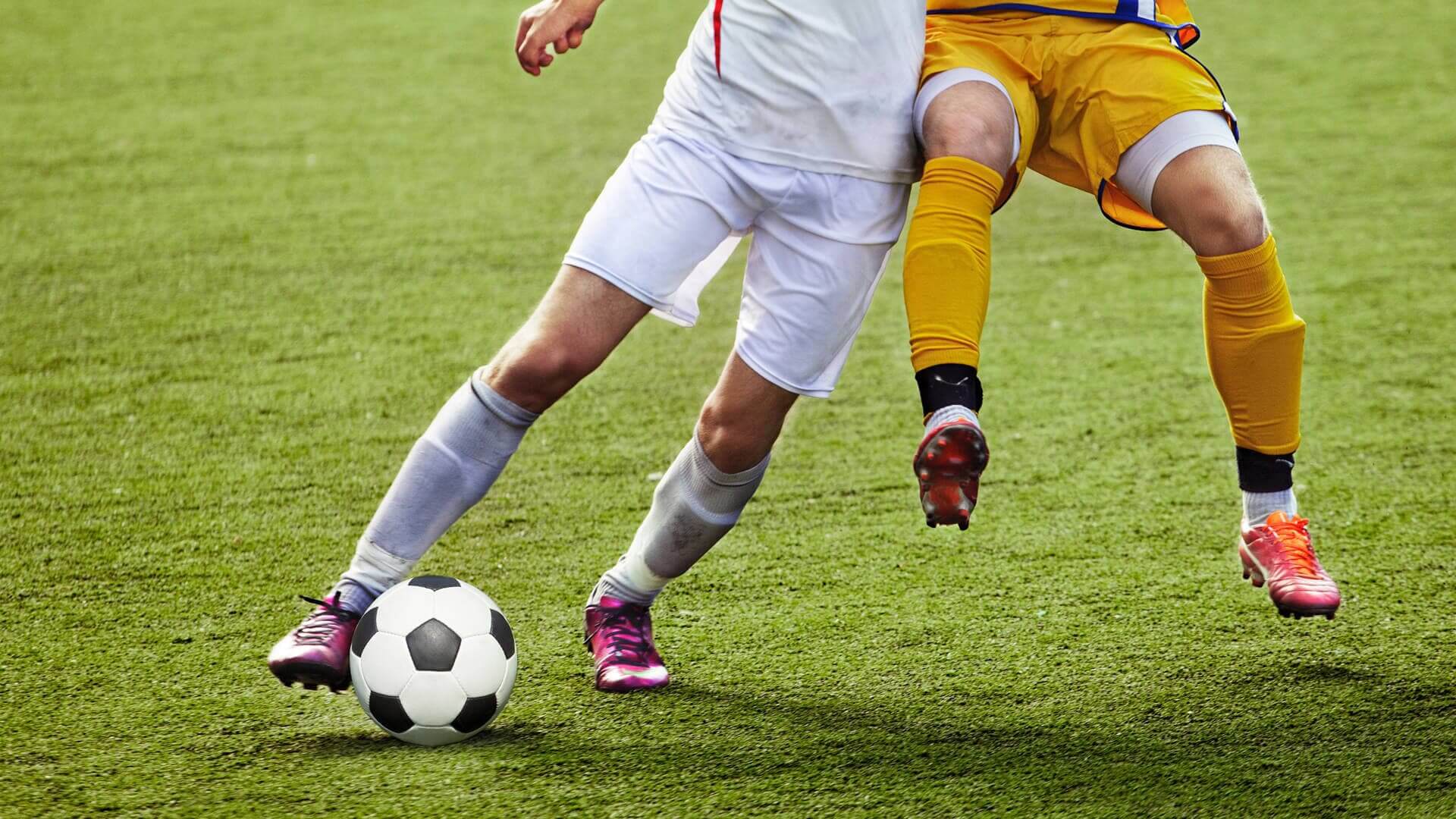The difference in playground landscaping materials
There are several options for the undersurfacing material of playgrounds, each offering their own range of benefits. To select the right option there are a number of variables which need to be considered, including project and product cost, installation and ongoing maintenance costs, the long-term durability of the product, it’s visual appearance and the relevant safety requirements. Let’s investigate the three most common materials used in playgrounds: sand, rubber, and bark.
Sand
While not all sand is a viable option for use as undersurfacing material under playgrounds, River Sands has designed a product called Soft Fall Sand that is specifically for use as playground sand. It is important to confirm the chosen sand is compliant with the Australian Standards (AS4422) for Playground Undersurfacing Material as this ensures a level of safety for falls.
During this comparison of sand against bark and rubber, River Sands will be highlighting the benefits and disadvantages of using our Soft Fall Sand in a playground.
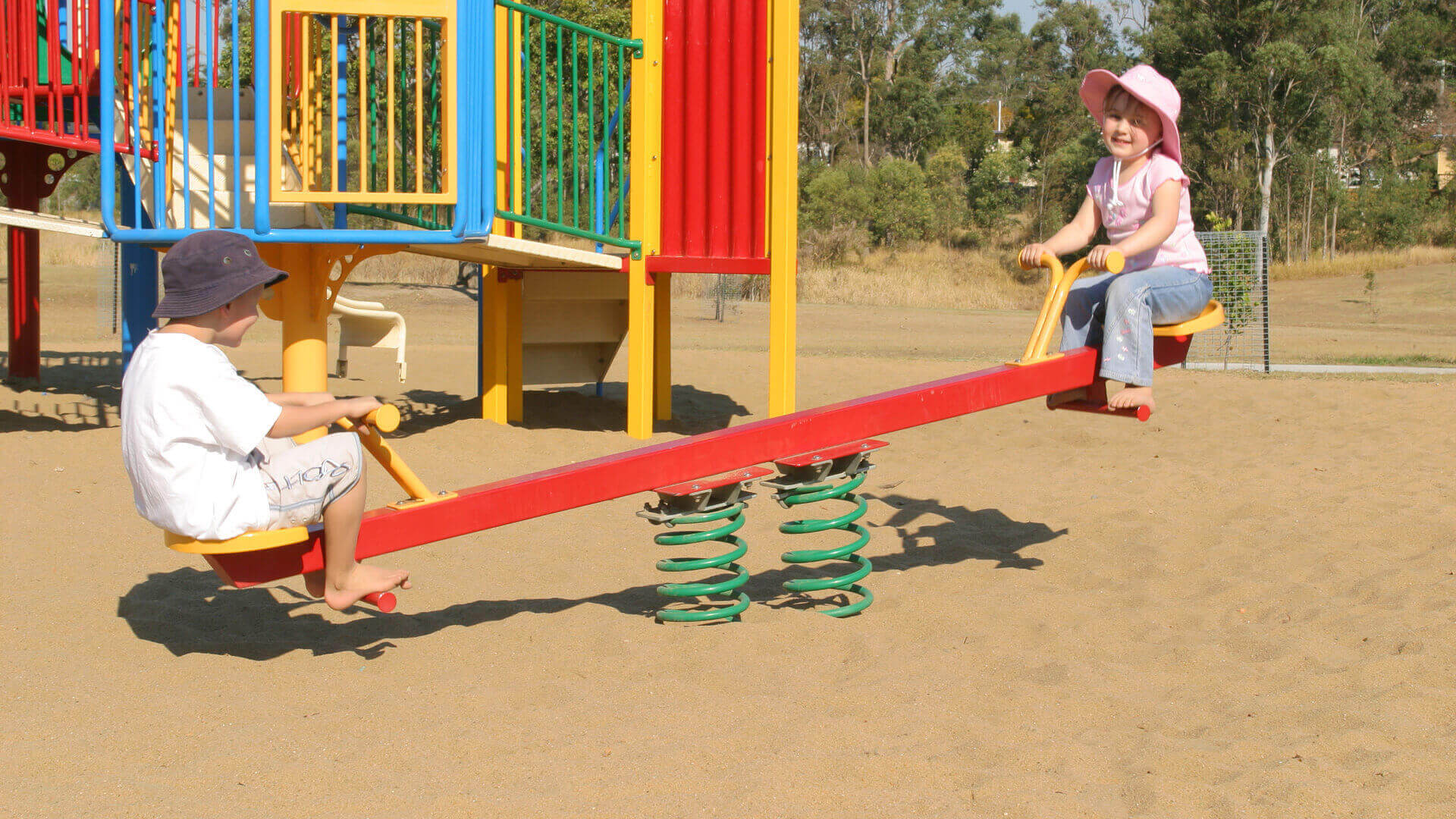
River Sands Soft Fall Sand
The following list details the benefits of using our product as undersurfacing material for playgrounds.
- Our sand won’t deteriorate or rot over time.
- We offer two blends of Soft Fall Sand, one is certified for falls up to 2 metres and the other is for falls up to 3 metres. Both certifications are in accordance with AS4422.
- Soft Fall Sand is vandal proof.
- It is easy to install, coming in a variety of packaging options
- It is easy to maintain and top up
- Soft Fall Sand is a clean sand and won’t leave dirty marks on skin or clothes
- Soft Fall Sand is double washed to ensure it won’t form hard crusts
- Sand in general provides hours of play and self-amusement for children and toddlers
- Soft Fall Sand is free draining and won’t form puddles of water
- It is an inexpensive to install and maintain
- There is no risk of splinters or cuts with sand.
- Sand cannot be burned, torn or ripped making it an ideal long term solution
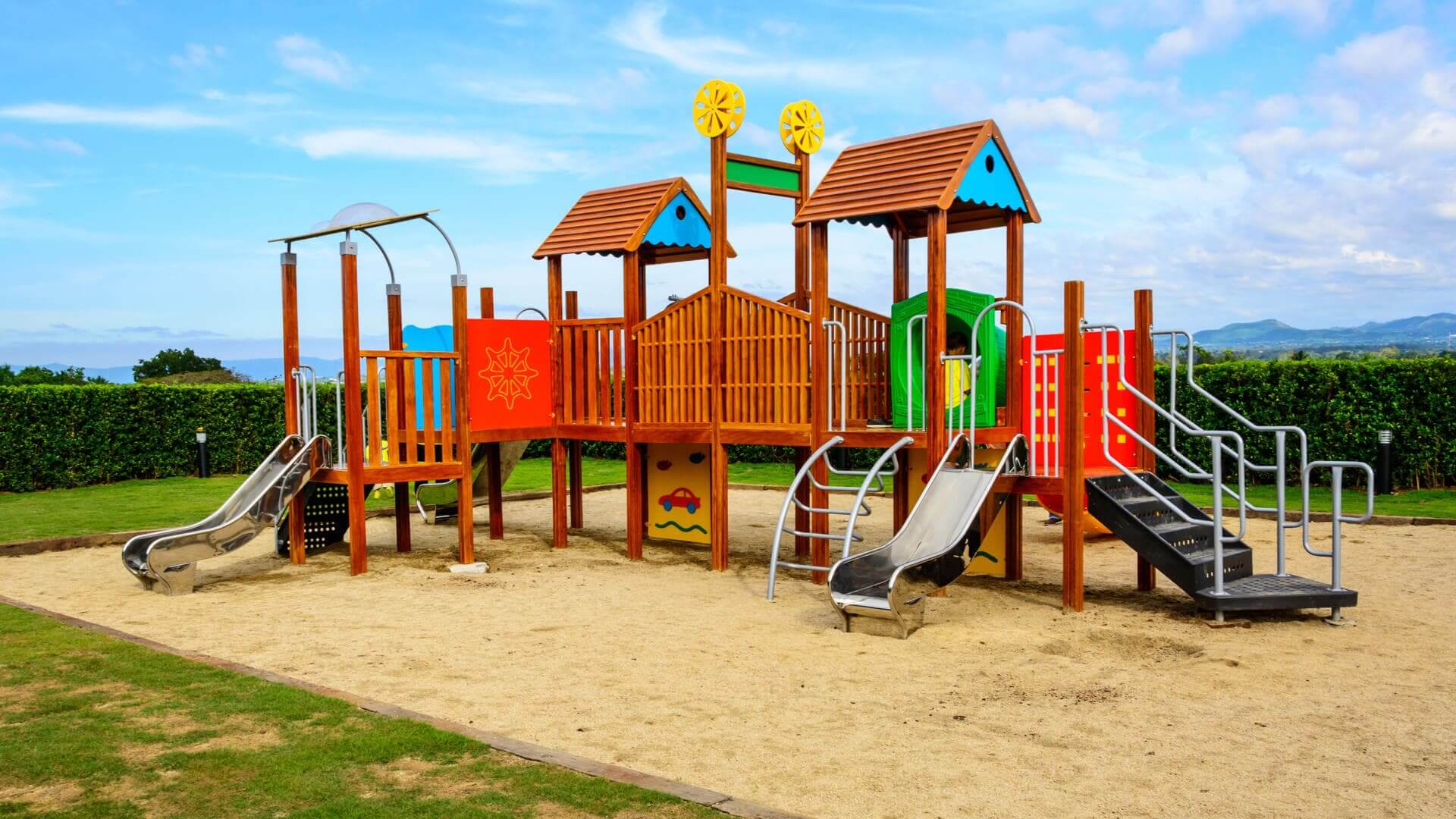
While we don’t like to admit that there are disadvantages to using sand under playgrounds, this list highlights some general points associated to the downside of using sand.
- Sand gets everywhere – we think that’s half the fun of playing in sand
- It can attract animals who may use it as an outdoor litterbox
- It can hide sharp needles and objects
- Sand can get hot in the sun
- Unfortunately, sand doesn’t accommodate well to wheels, whether it’s a pram or wheelchair.
- Sand can be easily displaced
- Sand can become contaminated with materials like dirt
Bark
Bark has been considered a popular playground surface for many years. Although popular, not all types of bark are the best options for undersurfacing material and it is important to check the bark being supplied meets the Australian Standards for Playground Undersurfacing Material (AS4422).

The following list of advantages applies to bark in general and is not tailored to one specific brand.
- Bark is easy to install
- It is a readily available product
- Bark is an inexpensive option
There are a number of disadvantages to using bark as a playground surface, these include:
- Playing in bark can cause splinters, cuts and has the potential to include small choke-able pieces
- Overtime, it can compact to hard surface that doesn’t cushion falls
- Bark is easily displaced
- It can hide sharp needles and objects
- Bark can rot and decay over time, especially when exposed to the elements
- Unfortunately, bark is not wheel friendly
- As a playground surface, bark requires regular maintenance
- Being a natural material, bark can burn if caught alight
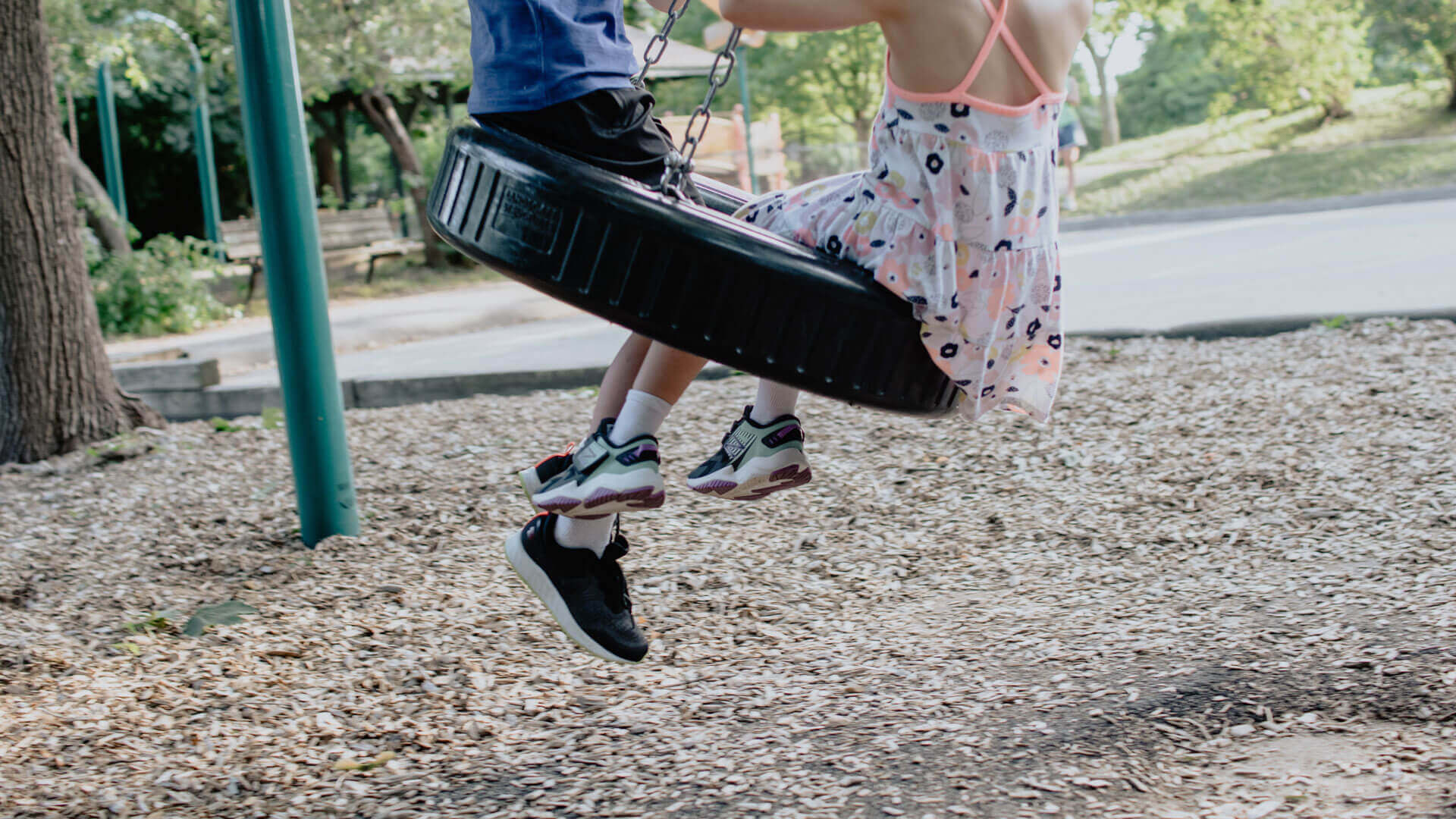
Rubber
Rubber is becoming a popular choice for landscaping material under playgrounds. There are two options for using rubber, either placing tiles down of different thicknesses or pouring wet rubber like concrete. Like both sand and bark, not all rubber options are viable and therefore it is best to confirm the product complies with Australian Standards for Playground Undersurfacing Material (AS4422).
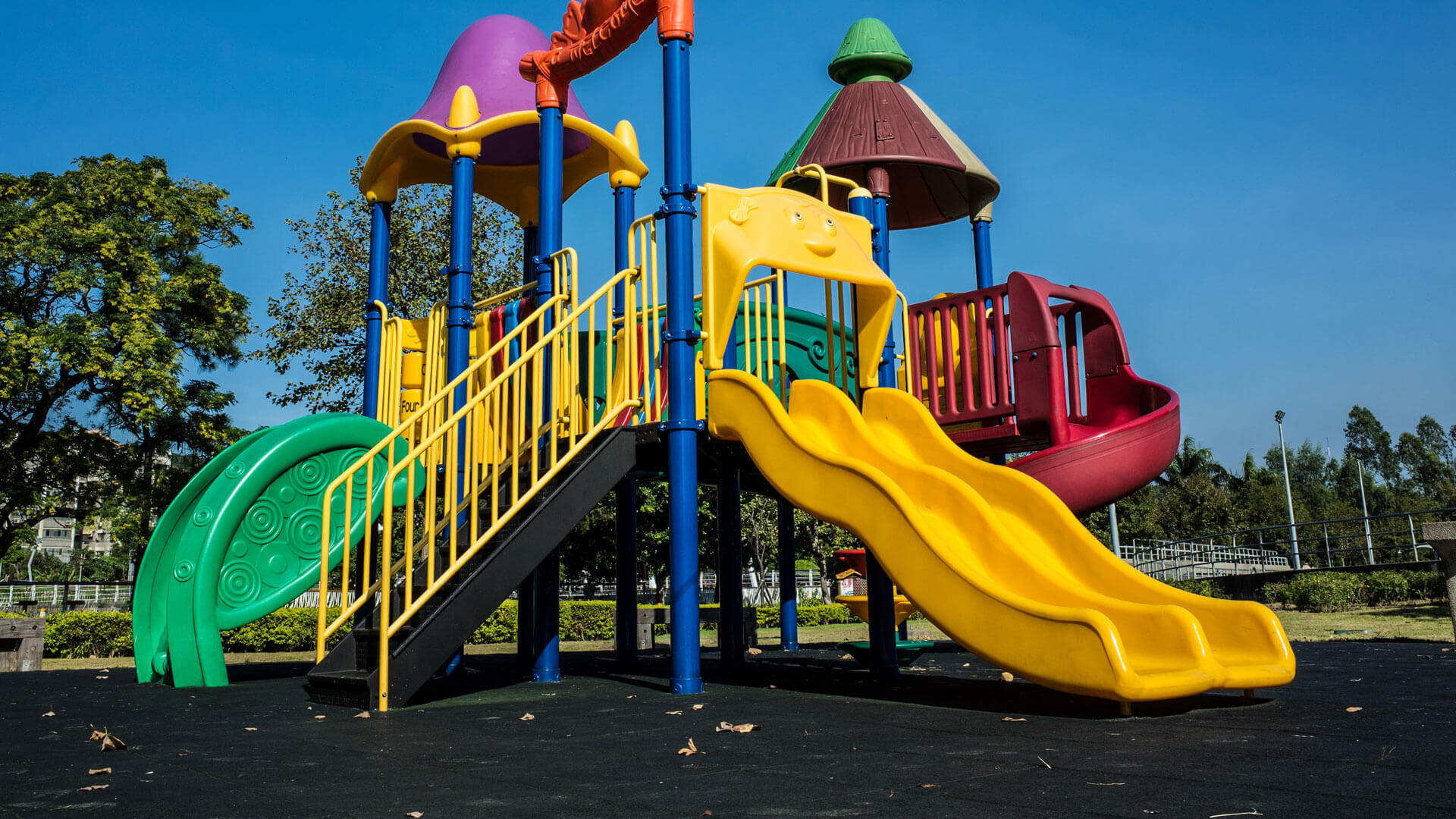
The advantages listed below are for both types of rubber materials.
- Rubber is a durable product
- It requires low maintenance after installation
- It is a water-permeable surface
- Rubber can be an environmentally friendly product
- It allows for full accessibility by prams and wheelchairs
- You can have different colours
- Rubber can be flexible with the design
- There are different thickness of rubber tiles to allow for safety
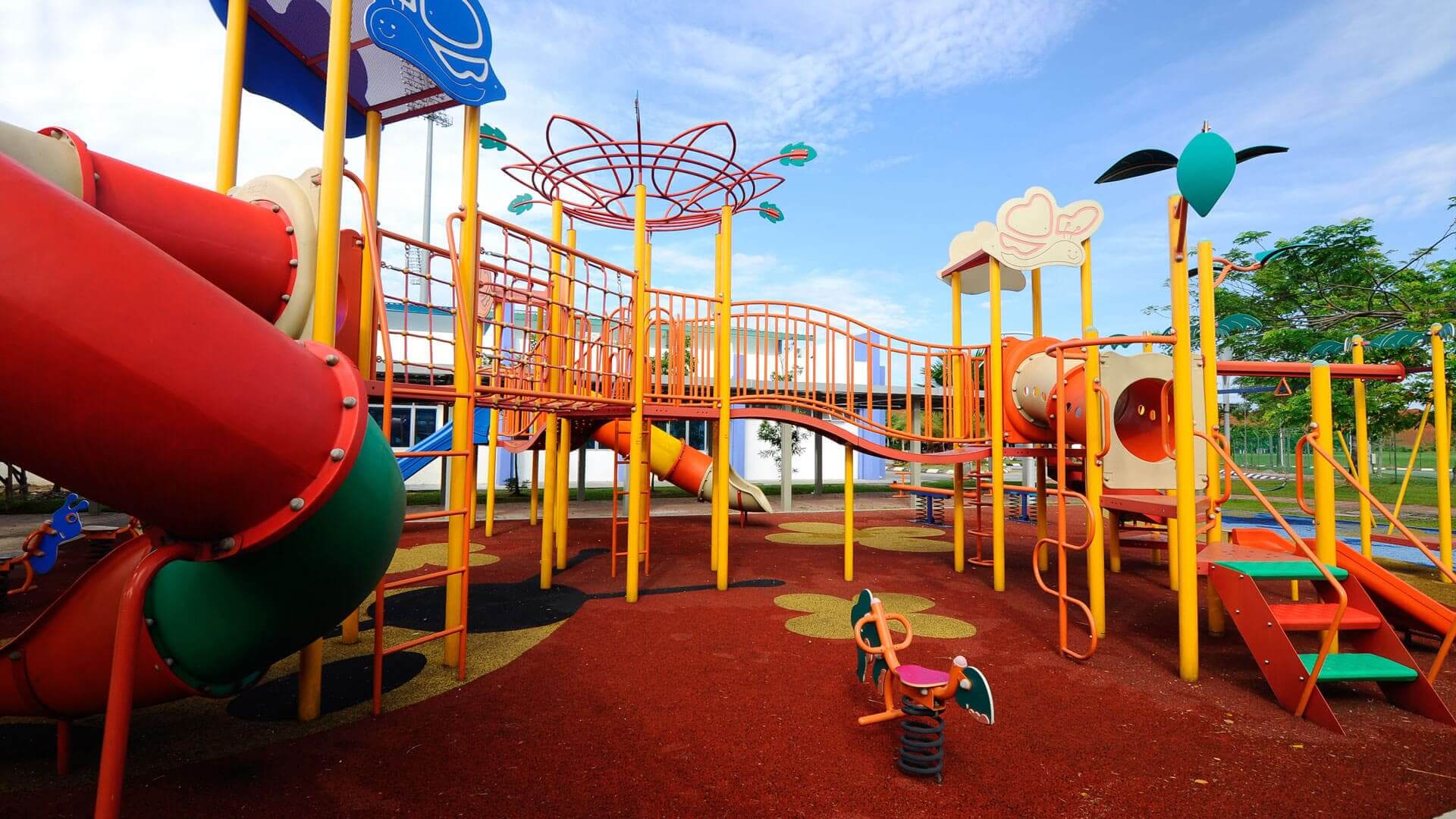
There are a few disadvantages to using rubber as a playground surface, these include:
- It is an expensive material to install
- Rubber can get hot in summer. The darker the colour rubber, the more heat that is retained from the sun.
- It can be slippery when wet
- Curling tiles can be a trip hazard as adhesive wears away
- When using rubber tiles, it is ideal to apply them to a level site
- Rubber can be torn and ripped
So how do you choose the best undersurfacing material for your playground? We understand that costs and aesthetics can be at the forefront of a decision, however, we need to remember the importance of creating a safe playground. Careful consideration needs to be given when assessing the project, fall heights, and impact areas to ensure the undersurfacing material provides the necessary levels of safety in accordance with the AS4422 Standard.
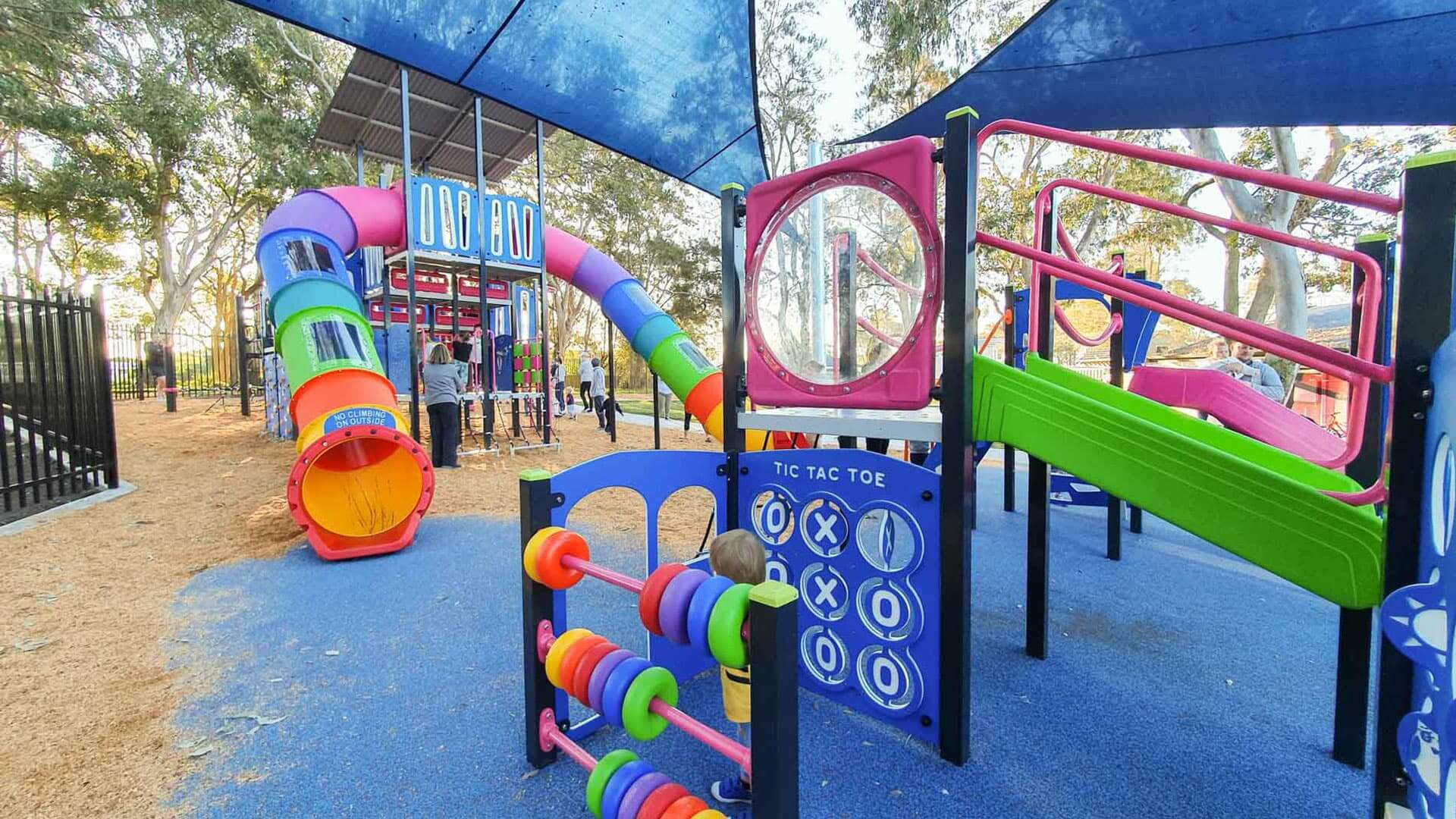
Combining playground undersurfacing materials is becoming an increasingly popular choice as it meets the balance of cost, aesthetics, and safety. The basic level of combining materials has rubber pads installed under swings, slides, and high wear areas in amongst sand or bark. To help create more accessible playgrounds, rubber can also be used to create pathways between the other products. The combination of rubber with sand or bark not only is a cost-effective solution, it also makes the playground feel more adventurous.
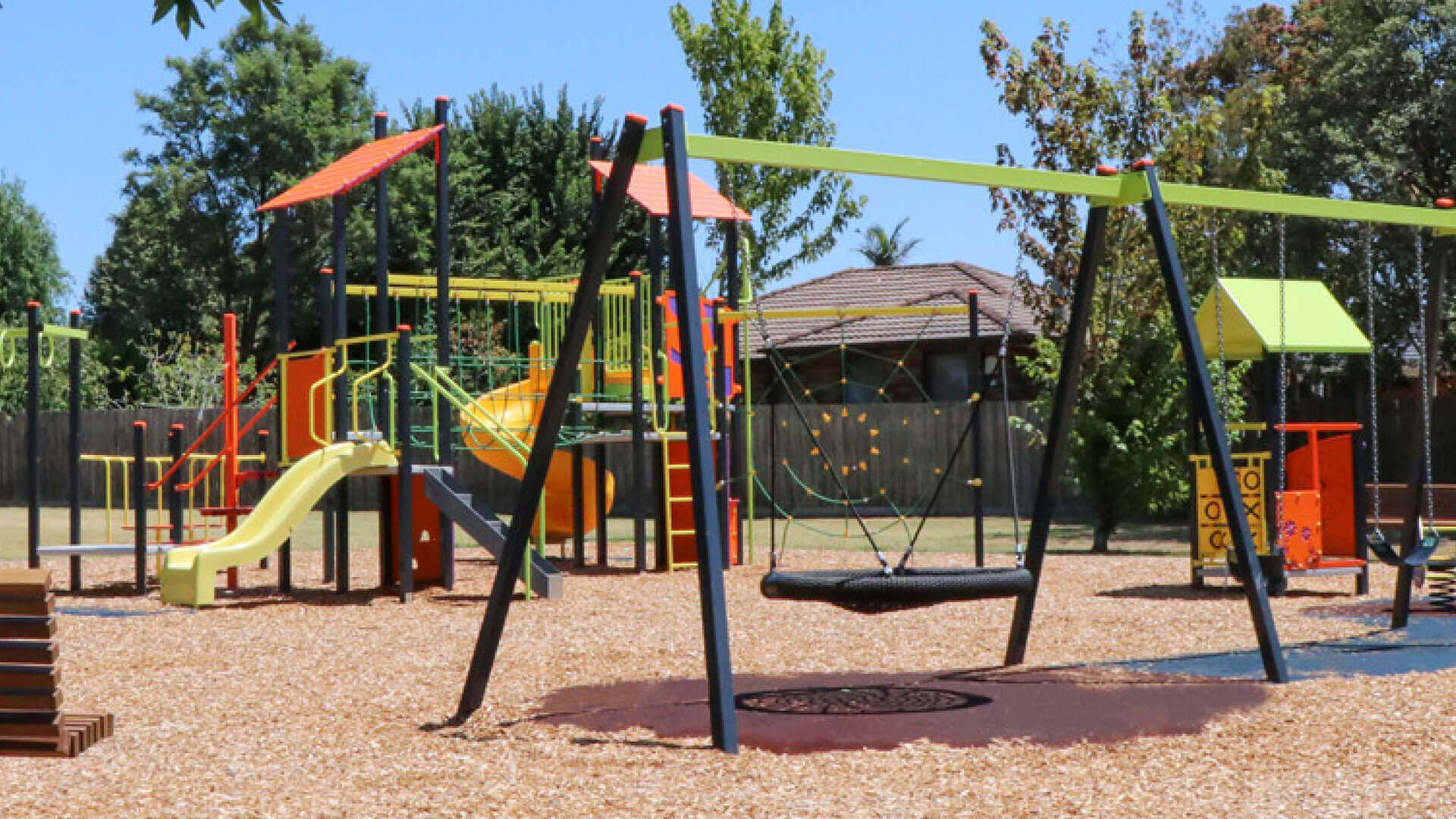
All three products can be combined in various ways to create an interesting and engaging play space while meeting appropriate safety levels. If you would like to learn more about River Sands Soft Fall Playground Sand, you can read up on the product here.
